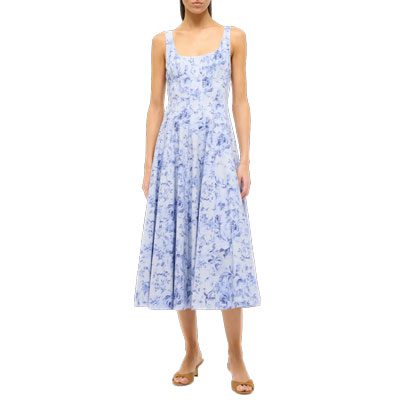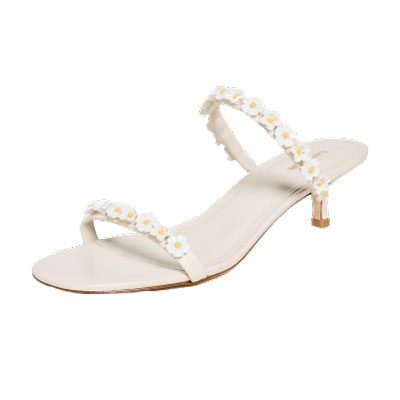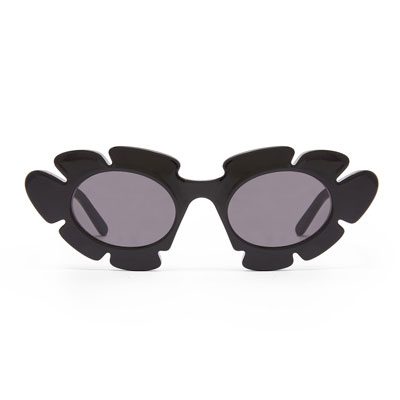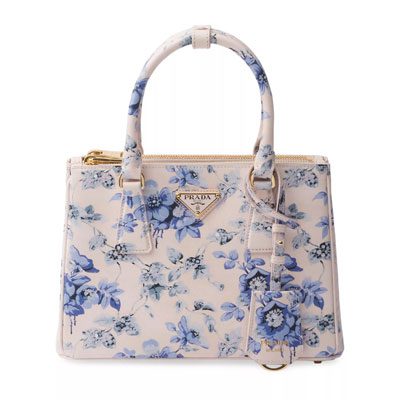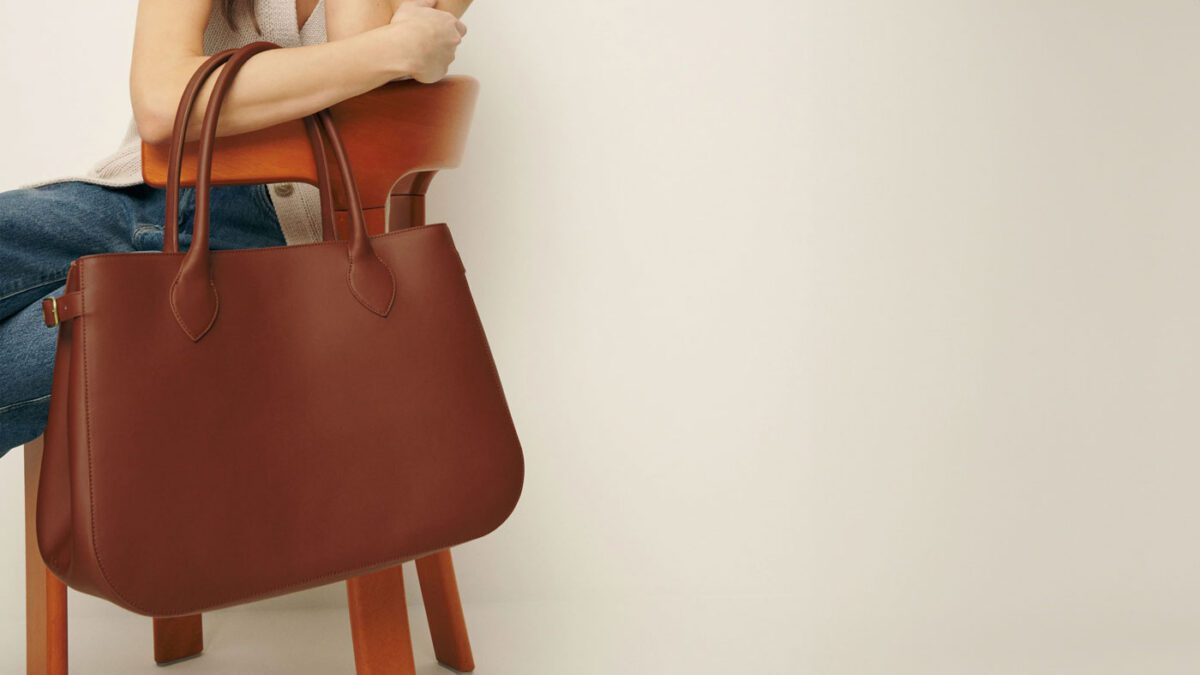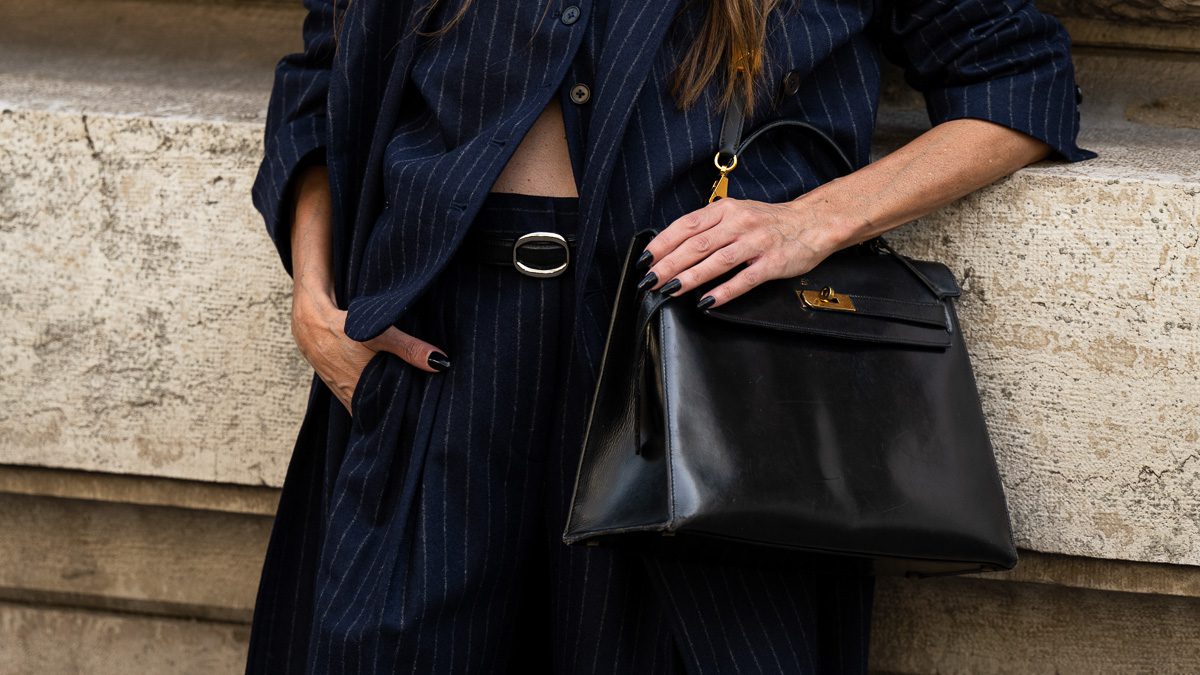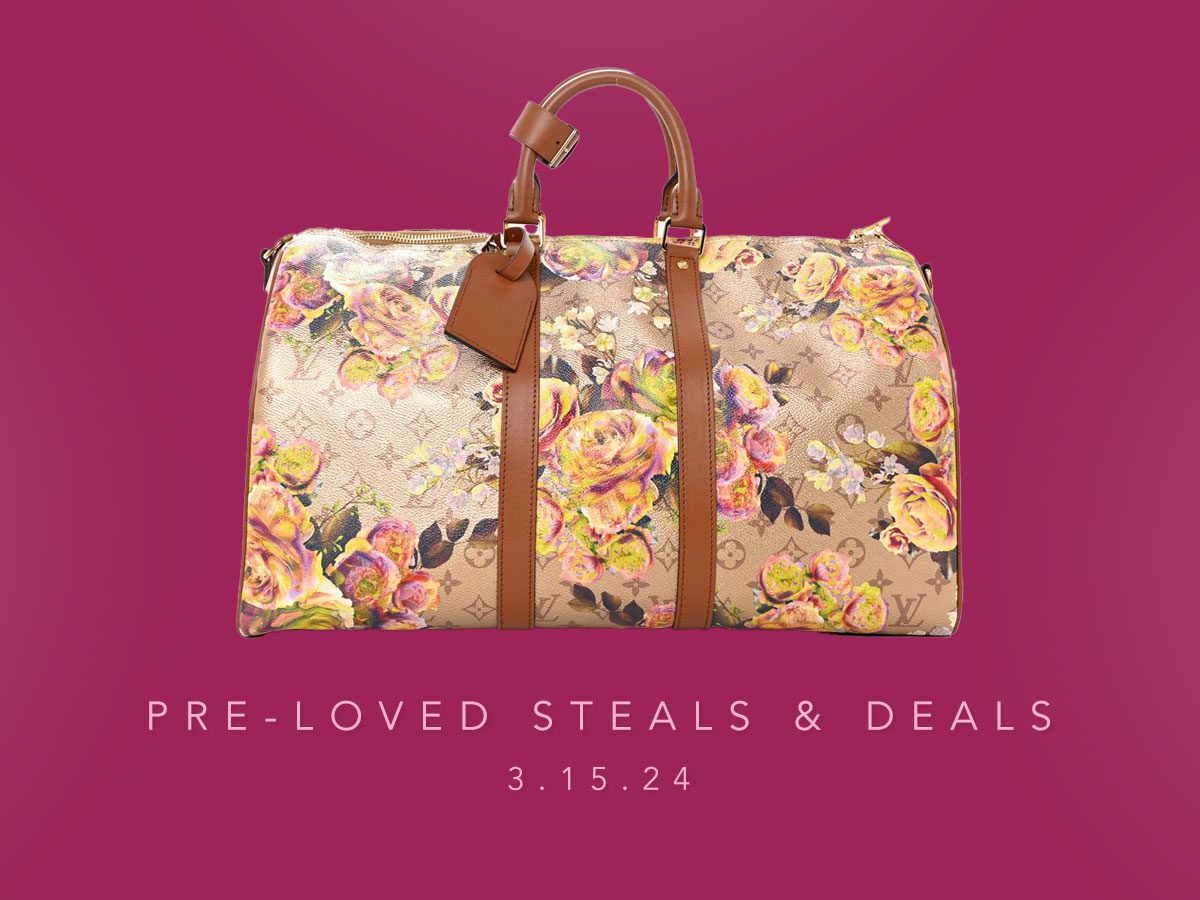A few years ago, I was eyeing the Fendi 2Jours Medium Textured-Leather Tote. But, when I finally settled on purchasing it, I was too late. I’m not exactly sure what happened, but I think it was discontinued – and the last bit of available stock was long gone. (Funny enough, I just did a quick search for it and found it new on Net-A-Porter. Ah, I digress.)
Desperate to get my hands on one, I decided to check out a few online-based consignment retailers, including Rebag and TheRealReal – and there it was! An almost-new Fendi 2Jours, in the perfect size, color, and condition. While the bag had some scuffing around the hardware, it appeared practically new to the naked eye. I ordered it immediately, and it arrived in under two weeks. To this day, it remains one of my most coveted bags – durable, sleek, practical, and chic.
Buying the 2Jours was one of my first experiences with online consignment. Up until that point, I was a little weary about shopping for secondhand bags, fearing the quality wouldn’t be up to standard, or even worse, it would arrive with an unpleasant smell or something equally as dreadful or disappointing. (Hey, we’ve all heard the horror stories.)
I hadn’t considered the immense economical and environmental benefits that go hand-in-hand with purchasing a used leather good. Once I began to research, I couldn’t believe the incredible advantages associated with secondhand shopping – and I know I’m not alone.
It’s actually quite interesting: Today’s shoppers are more concerned with sustainability and recycling than ever before. Think of it as the “rise of the conscious consumer,” as thredUP, the world’s largest online thrift store, coins it. Consumers have come to expect ethical fashion, as 59 percent of shoppers prefer retailers to create clothes and other goods in an ethical and sustainable manner, according to thredUP’s 2019 Resale Report. Sustainability has moved from “perk to priority,” with nearly three quarters of consumers opting to buy from environmentally friendly brands.
“Shopping ethically has often been perceived as a luxury, because of the price points… The good news is that we now live in the golden age of secondhand shopping,” says Fast Company writer Elizabeth Segran.
In fact, consignment satisfies the two biggest demands of shoppers today, according to the report. It allows them to be frequently seen in new styles, as well as maintain their stance as “conscious consumers.” “There are numerous reasons for the recent rise of resale, including environmental benefits and the desire for frequent turnover of wardrobes especially among the Instagram generation,” according to the Raymond James Financial Center.
“If one in 100 American households shopped resale, they could collectively save over $1.6 billion and 1.1 billion pounds of CO2 emissions annually,” according to an article in Forbes. “By cleaning out their closets, they also could generate $270 million in resale earnings every year, which is enough money to cover a year’s food expenses for over 43,000 families.”
Keep in mind that online-based consignment websites should not be confused with brick and mortar thrift stores, which often include donated clothing that is sold to benefit a charity, or websites that sell new (and defective) name-brand items at a discount, according to Consumer Reports.
As for thredUp, the numbers speak for themselves. In 2016, the brand collectively saved: 128 million pounds of CO2, which equates to 8,111 households’ yearly electricity use; 14 million items upcycled, enough to fill 140 Nordstrom department stores; and 10 billion gallons of water, which could fill 15,784 Olympic-size swimming pools.
Suffice to say, we’re living in a golden age of sorts for resale, projected to reach $41 billion by 2022, according to thredUP. Fashionphile, a similar online fashion resale website specializing in women’s luxury items, is on track to sell $200 million worth of goods in 2019, up 50 percent from a year ago.
ThredUp states that increased growth can be credited to millennials and gen-Z, who adopt secondhand items 2.5 times faster than the average consumer. It’s a perfect storm, with an uptick in consumers who are acutely aware of environmental issues but also desire to wear the latest styles without spending a fortune. According to the report, “it’s why secondhand, rental, and subscription are the top three fastest-growing retail categories.”
That’s why thredUP categorizes the “closet of the future” to include a growing proportion of pre-owned or rented products. Secondhand is expected to double in the next 10 years, making it a larger subset than fast fashion.
“Resale offers the wardrobe-rotating fun of fast fashion without the guilt or waste. By driving preferences away from disposable fashion towards higher-quality clothes, reuse is a boon for our personal style and the planet.” says Elizabeth L. Cline, author of “The Conscious Closet.”
With the financial and environmental benefits that come with buying secondhand – especially pre-loved handbags – coupled with the ease of online shopping for consigned bags, you can catch me perusing sites like Rebag, TheRealReal, thredUP, and Fashionphile for my next bag find. It’s an all-around win.
Editor’s note: While this post covered the consumer side of sustainable shopping, we plan to publish a follow-up post next month focusing solely on sustainability in the production and manufacturing process.






